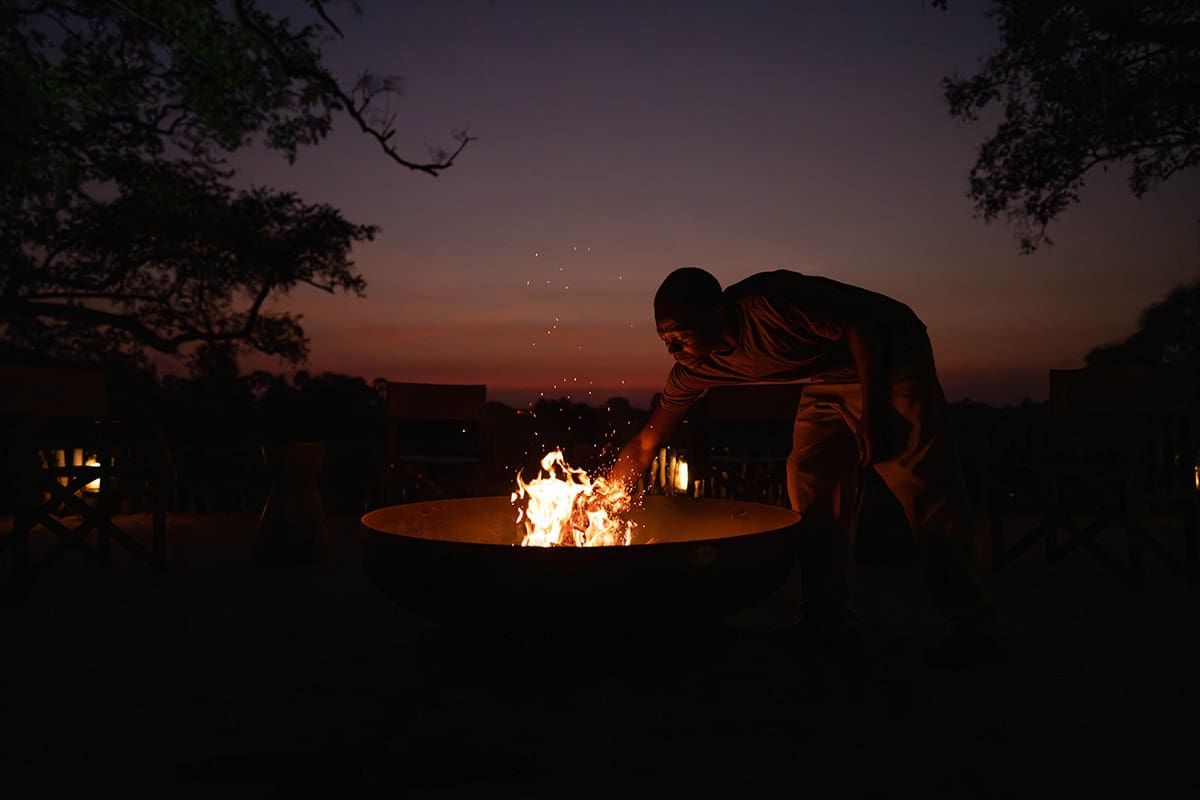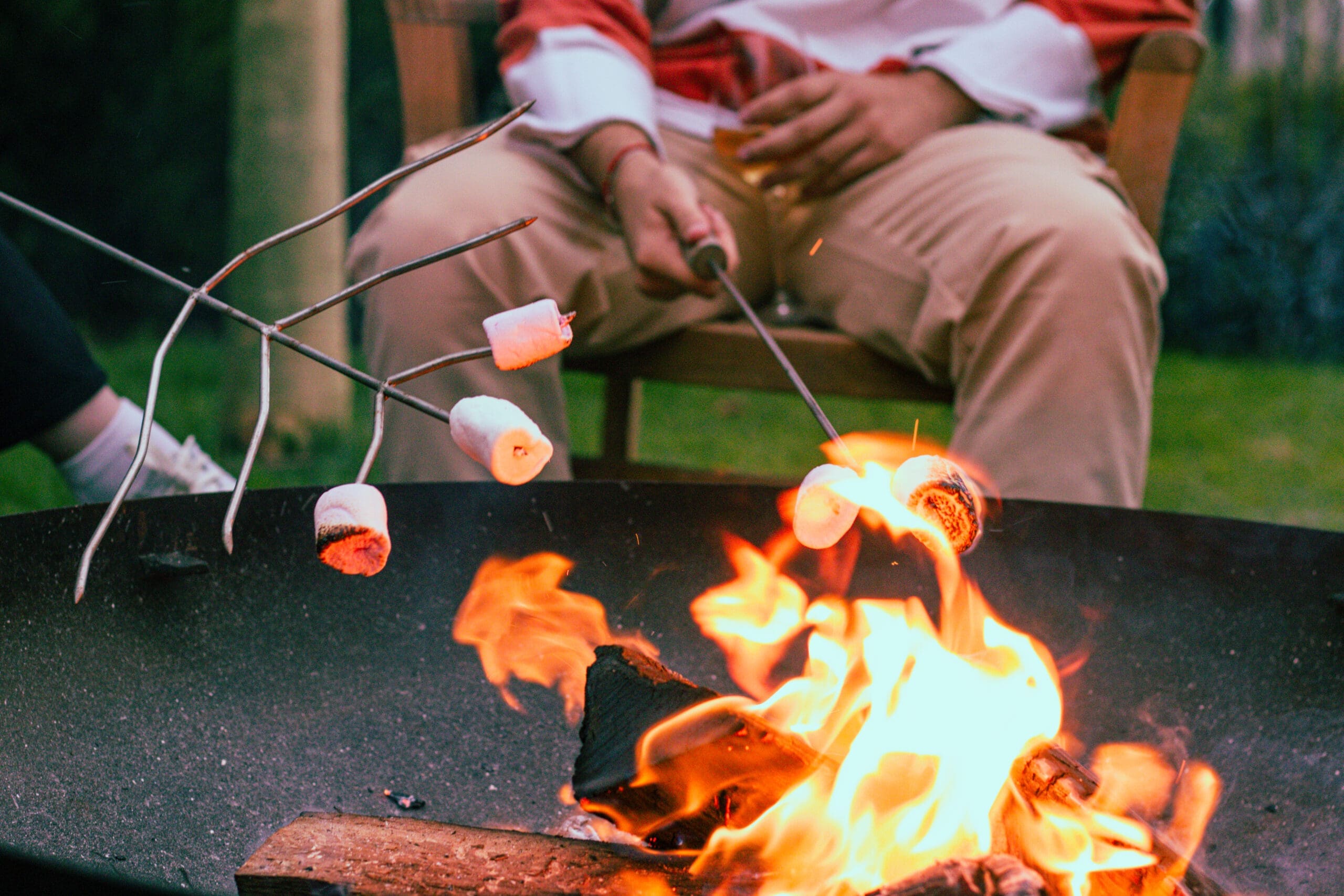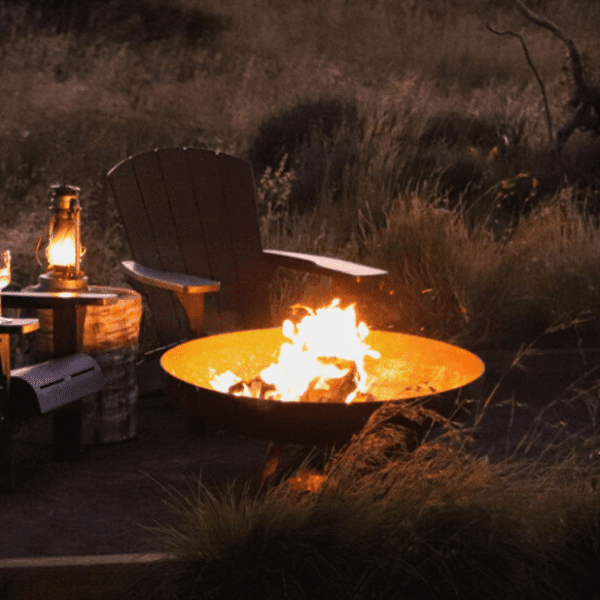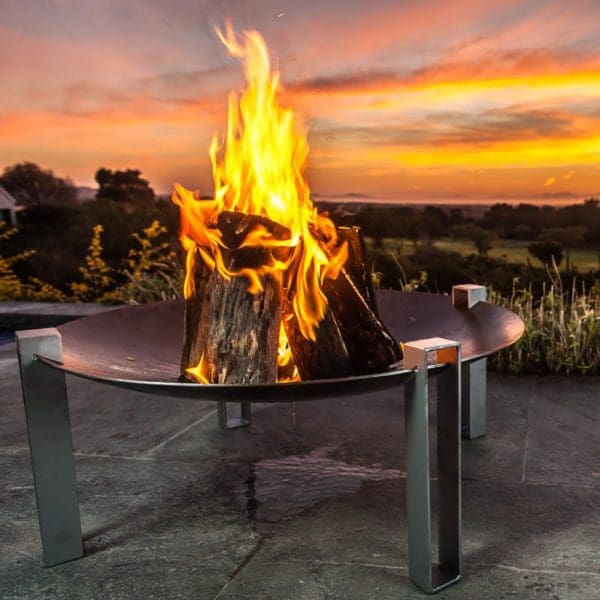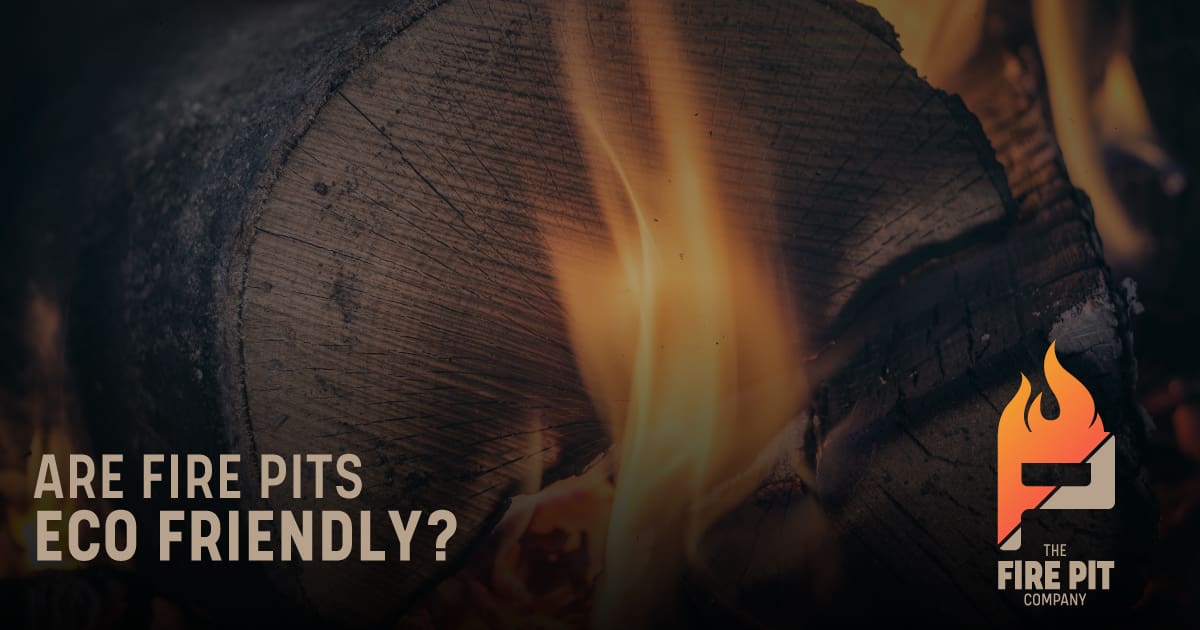
As South Africans, we love spending time in our backyards next to our braais and fire pits. For some, a campfire is a profoundly human experience shared across cultures and generations. For others, it is merely the culmination of a great day spent outdoors. Fire pits are a rare source of entertainment that pulls friends and families together like few other activities.
People are spending much less time outdoors than they used to. Therefore, it is more important than ever to have meaningful experiences outdoors every once in a while. One of the places where people can experience nature at its best is next to their fire pits. However, the question stands: Are fire pits eco-friendly, or do they pollute our air?
Fires are, unfortunately, a source of air pollution. It releases a large amount of carbon dioxide and potent greenhouse fumes. This is enough to cause respiratory inflammation and even trigger asthma in those sitting next to the fire pit. Luckily this doesn’t mean that you need to stop lighting your fire pit all together! Here are some simple rules that you can follow to lessen the impact your next fire has on the environment:
Use dry wood:
Burning drier wood minimizes the emissions of toxic pollutants. As a result wood that has gone through a rigorous drying process–such as kiln-drying–will release far fewer emissions than wood that has been dried simply by setting it out in the sun for a few hours. Dry wood gets much hotter when it burns, it also smokes significantly less, and therefore releases fewer pollutants into the air. Less moisture, less smoke, higher heat = fewer logs needed to create a powerful smoke-lite heat.
Buy Eco-Logs Made From Recycled Wood
You cannot get away from the fact that if you burn anything you’ll have smoke, and where there is smoke, there is CO2. The good news is that eco-logs are manufactured from 100% recycled wood waste, usually compressed shavings into logs. Why does this make your fire pit eco-friendly? Because they are carbon neutral. This wood would have usually ended up in a landfill, where it would have broken down into methane gas, a gas that is 4x more harmful than Carbon Dioxide.
Don’t make your fire too big:
Using thinner pieces of wood also makes your fire hotter, which burns unwanted gasses more effectively.
Put your fire out entirely at the end of the night:
Not only does simmering coals cause unnecessary air pollution, but it’s also a tremendous fire hazard because embers that aren’t put out properly could blow out of the fire pit and into a tree or structure nearby, causing it to catch alight. This could lead to unwanted damage to your property or the properties of those living around you. Generously douse your fire with water, stir the ashes, then flood those with water again.
Fire pits are something we all love as gathering around a glowing campfire with friends, music, food, and drinks is a delightful way to spend winter evenings. If you consider implementing these valuable suggestions next time you enjoy an evening next to the fire pit, you can sit back and relax without wondering how your evening can impact the environment negatively.







